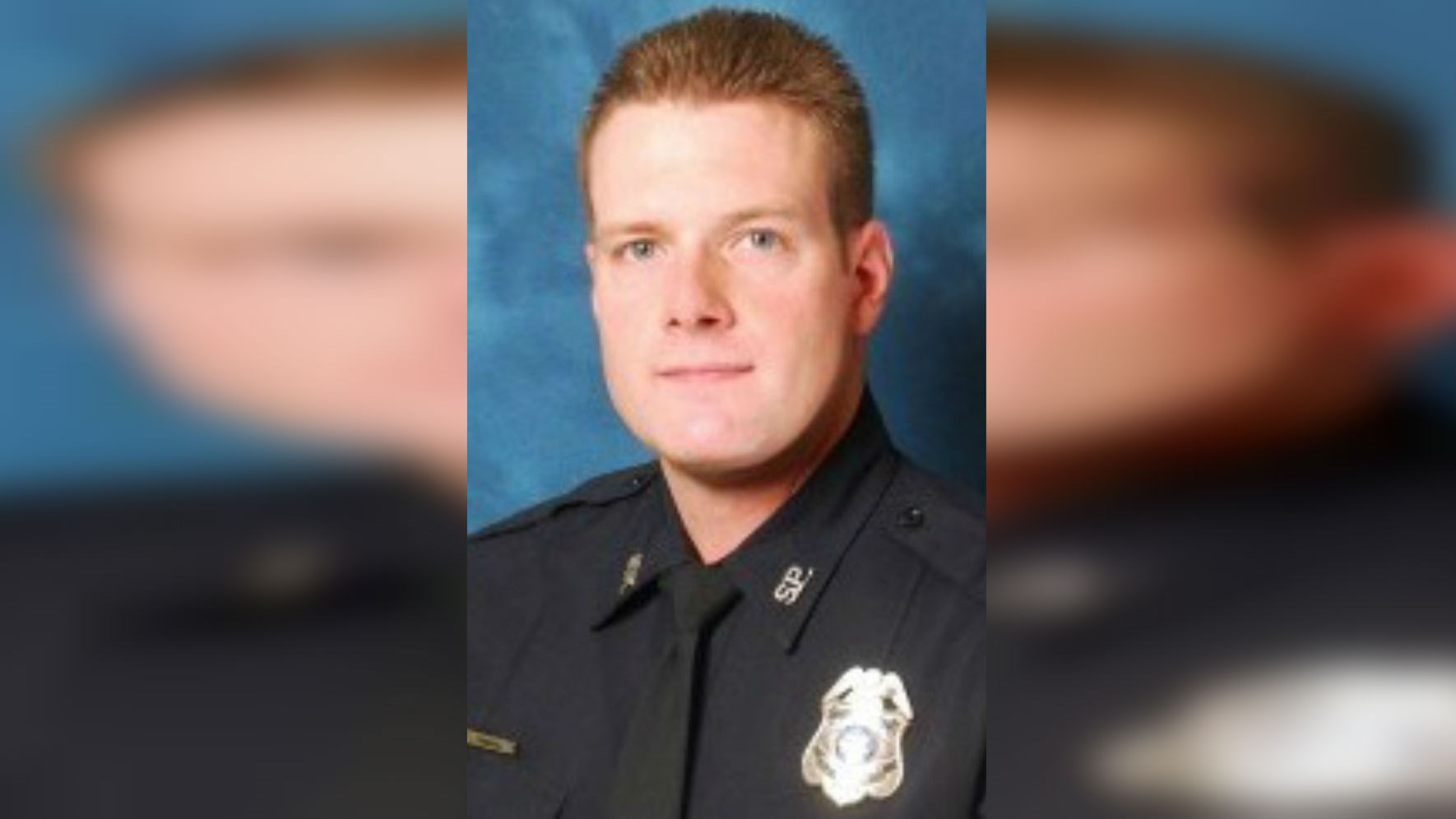


“Each volume will be about the same size,” Walker said. The first volume ends in 1903, and other planned volumes may cover up to 20-odd years each. “He said, ‘You know what? We ought to do a Time-Life-type series,’ ” Walker said. It was committee member Duane Broyles, president of the Fairmount Memorial Association, who proposed that the project be expanded. “But what started out to be a yearbook just turned into something a lot bigger and started a life all its own,” Walker said. It had started as an attempt to duplicate an in-house “yearbook” that had been printed in 1976. Work on the book began in earnest, Walker says, about five years ago. The 162-page book ended up being written by two well-known Spokane publisher/historians, Suzanne and Tony Bamonte, authors of such books as “Spokane’s Legendary Davenport Hotel” and “Manito Park: A Reflection of Spokane’s Past.” But the committee as a whole contributed the stories and photos, scouring original sources at such places as the Northwest Museum of Arts and Culture, Spokane Public Library’s Northwest Room and the Washington State Archives at Eastern Washington University. This involved, she stressed, “doing enough research to correct so many myths that had been written, so many errors that had been written and do a really good job of getting pictures.” “(M)y goal from the very beginning – and I was the chairman – was to create a committee of people who were as dedicated and committed to the type of book I wanted to see done,” Walker said. Tuff’s message was sent to Walker, who knew the facts of the case.Īnd why was that? Because Walker oversees the 12-person committee that is responsible for doing the legwork that resulted in “Life Behind the Badge.” Interested in discovering more about her great-grandfather’s death, Tuff had called the Spokane Police Department. Tuff had connected with Walker through chance. Sitting nearby were stacks of boxes, each holding copies of the newly published history of the Spokane Police Department, “Life Behind the Badge: The Spokane Police Department’s Founding Years, 1881-1903.” Walker, the wife of retired SPD officer Bob Walker, told this story while sitting in her smallish office, which is on the ground floor of the Public Safety Building. “It just really did a number on me,” Walker said. “She came down here and walked the hallways,” said Walker, the museum’s secretary/treasurer, “and I will never forget her touching her great-grandfather’s name – his was one of the first names on that monument – and saying, ‘They have not forgotten.’ Some 90 years later, as Sue Walker tells it, Waterbury’s great-granddaughter, Joy Tuff, was touring the collection of materials that one day will go into the Spokane Law Enforcement Museum, when she encountered her great-grandfather’s name on a monument. No one has ever been convicted of the crime. He died of his wounds early the next morning. 41-caliber Colt revolver and fired back, Waterbury missed. A round tore through the officer’s bladder and intestines.
Spokane history photo police station at 3rd and brown series#
27, 1909, when Officer Waterbury – part of an undercover team investigating a series of robberies – confronted a man near the intersection of Ninth Avenue and Adams Street.Īccording to police, the man facing Waterbury pulled a gun and fired. Spokane Police Officer Alfred Waterbury was just doing his duty.īut that duty, as duty sometimes does, led to his death.


 0 kommentar(er)
0 kommentar(er)
